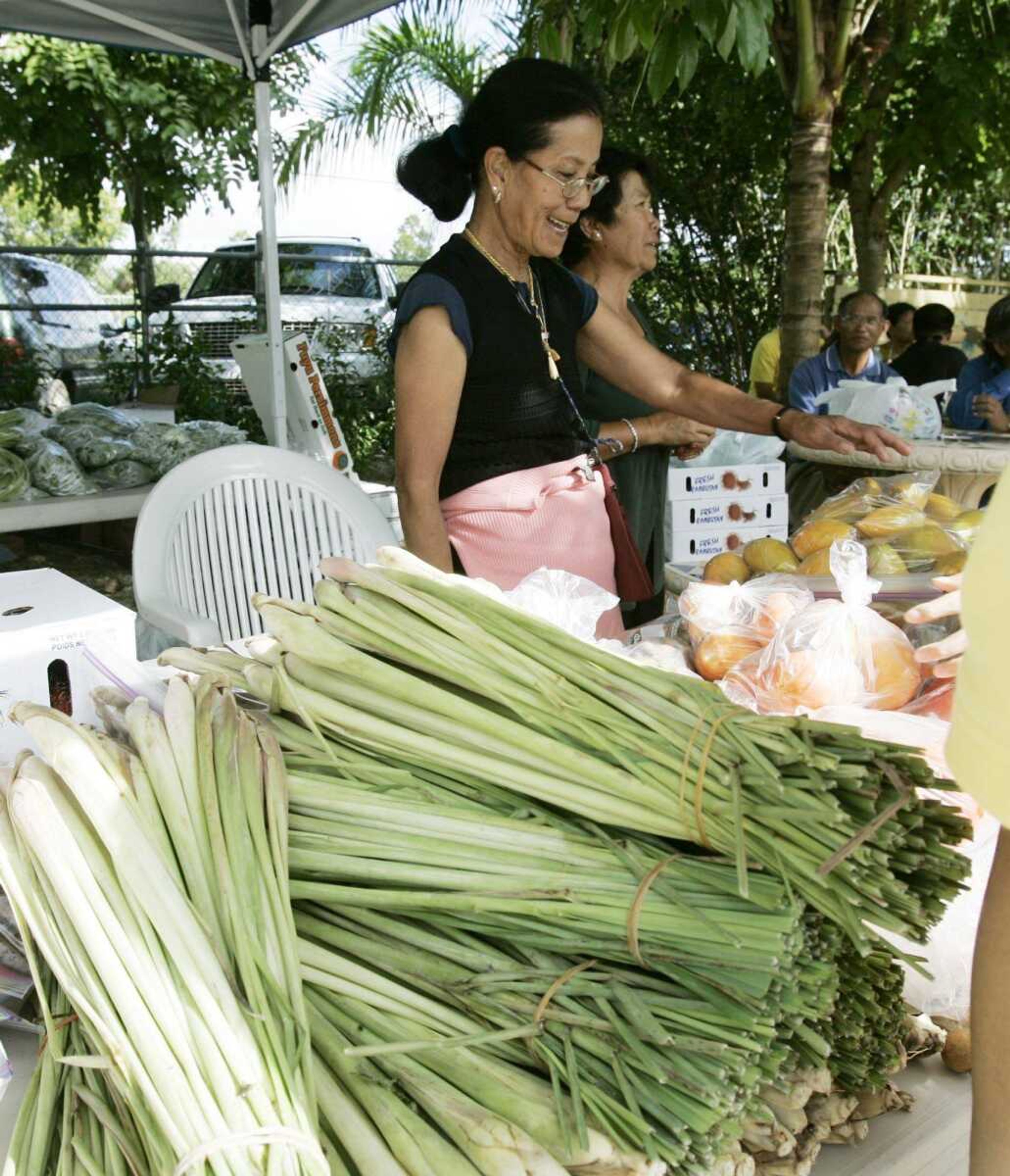In the days when salt and pepper formed the core of the American spice rack, parsley probably was the most exotic fresh herb to be found at most grocers.
Today, produce sections are flooded with fresh herbs, from now-ubiquitous offerings such as basil and oregano to more esoteric items, such as fresh turmeric root and edible flowers.
While the availability of these herbs marks a serious culinary leap forward for the nation's palate, home cooks shouldn't reflexively reach for fresh herbs just because they are available.
Whether to use fresh or dry depends on the type of herb and how you plan to use it.
For example, many tender summer herbs, such as basil, chervil, chives, cilantro, lovage, parsley and tarragon, warrant "fresh only" status because they lose so much flavor once dried.
However, heartier herbs with woody stems and strong aromatics, such as thyme, savory, sage, oregano and bay, retain their flavor once dried and do well in either form in cold-weather dishes, such as roast poultry and hearty vegetables. If fresh is available, go with that. But often, dried versions of these herbs are nearly as good.
Many spices, including turmeric, coriander seeds, cardamom, cinnamon, nutmeg, fennel seeds, cumin and curry blends, also are well -- and sometimes best -- suited for use dry. Fresh versions of these also can be rare.
So here are a few basics on using and storing fresh and dry herbs:
- Dried herbs should be replaced every year, says Ellen Ecker Ogden, author of "From the Cook's Garden." She grinds up the remnants of old herbs with salt to create a multipurpose seasoning.
- Store dried herbs in sealed jars away from heat and direct light. Fresh herbs can be stored upright in a bit of water (trim the stems first) like flowers, or wrapped in a damp paper towel and placed inside a plastic bag.
- Fresh and dried herbs require slightly different cooking techniques and ratios. Use two to three times more fresh herbs than dried, which have more concentrated flavor than fresh.
- Fresh herbs are best added toward the end of cooking, or should be used to garnish. This prevents them from losing their flavor, explains Frank Terranova, a culinary instructor at Johnson & Wales University.
- Dry herbs should be cooked or simmered a longer to release their flavor and rehydrate them.
Connect with the Southeast Missourian Newsroom:
For corrections to this story or other insights for the editor, click here. To submit a letter to the editor, click here. To learn about the Southeast Missourian’s AI Policy, click here.








